Scanning discussions are outside APUG's charter.
That being said, it helps to understand how labs work.
The scans you received will reflect adjustments made by the scanning software and/or the operator. There is no such thing as a truly "unmodified" scan.
So unless you include a reference and instruct the scanner operator to give you scans that are faithful to that reference, you can expect different settings for different scenes - and sometimes different settings for different versions of the same scene!
It wasn't totally different when labs used to optically print. Colour analyzers and the operators of minilab printers would sometimes make adjustments that were way off!
By the way, I see some distinct differences between the lighting for these two shots (which will affect the film's response), as well as important differences to the predominant background (which will affect how the negatives are analyzed - either by the scanner + software or an analogue colour analyzer).
One would need to either do their own, manual optical print or have their own calibrated scanner with software that permits creation of a reference and manual adjustments in order to avoid these factors.
That being said, it helps to understand how labs work.
The scans you received will reflect adjustments made by the scanning software and/or the operator. There is no such thing as a truly "unmodified" scan.
So unless you include a reference and instruct the scanner operator to give you scans that are faithful to that reference, you can expect different settings for different scenes - and sometimes different settings for different versions of the same scene!
It wasn't totally different when labs used to optically print. Colour analyzers and the operators of minilab printers would sometimes make adjustments that were way off!
By the way, I see some distinct differences between the lighting for these two shots (which will affect the film's response), as well as important differences to the predominant background (which will affect how the negatives are analyzed - either by the scanner + software or an analogue colour analyzer).
One would need to either do their own, manual optical print or have their own calibrated scanner with software that permits creation of a reference and manual adjustments in order to avoid these factors.



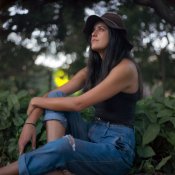
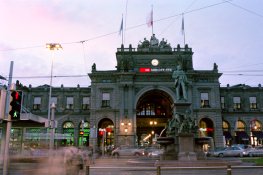
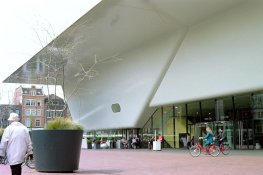

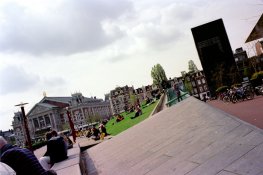
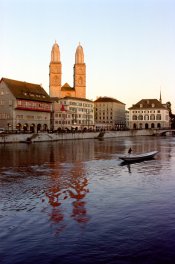
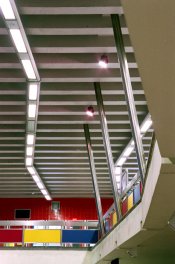
 . Also as for the marketing descriptions I am in the same mindest as you IGI, I prefer to get an understanding of the palette based on samples rather than box descriptions but good to know that others feel the same way
. Also as for the marketing descriptions I am in the same mindest as you IGI, I prefer to get an understanding of the palette based on samples rather than box descriptions but good to know that others feel the same way 